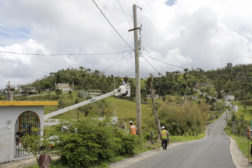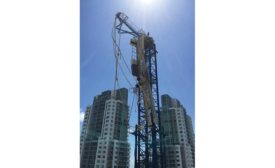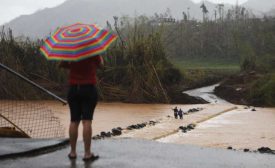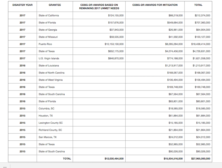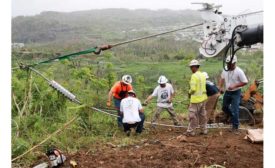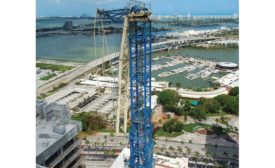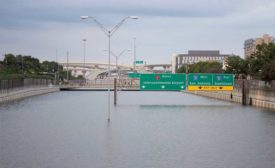Home » Hurricane Irma
Articles Tagged with ''Hurricane Irma''
Resilience and Recovery
Why Another Hurricane Can Devastate Puerto Rico and Texas—Again
And how Florida is doing a better job of protecting itself from storms
Read More
Hurricanes Propel Forward Thinking on Risk, Resilience
Climate-change issues loom larger as hurricane-ravaged regions struggle to recover
Read More
The latest news and information
#1 Source for Construction News, Data, Rankings, Analysis, and Commentary
JOIN ENR UNLIMITEDCopyright ©2024. All Rights Reserved BNP Media.
Design, CMS, Hosting & Web Development :: ePublishing
